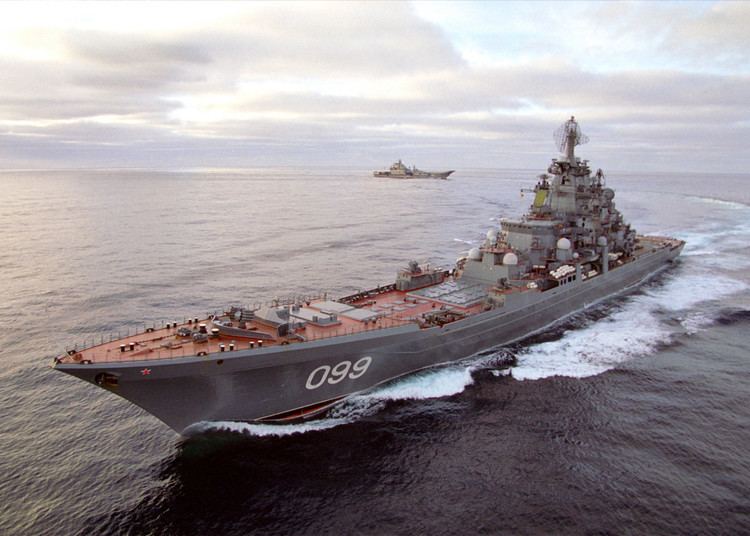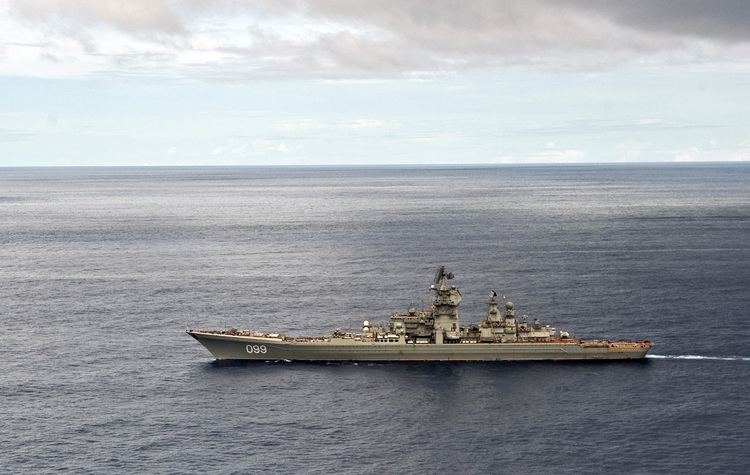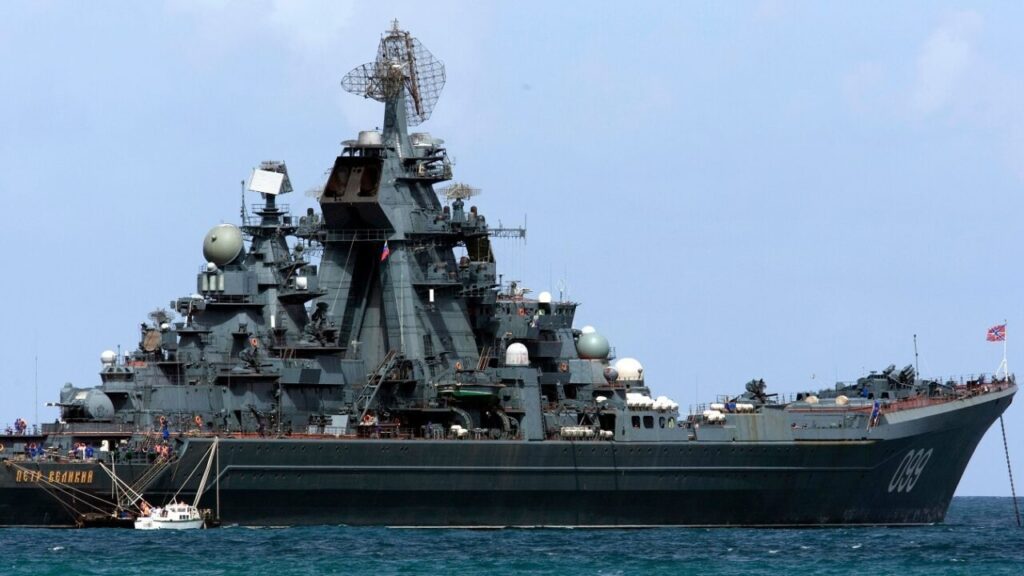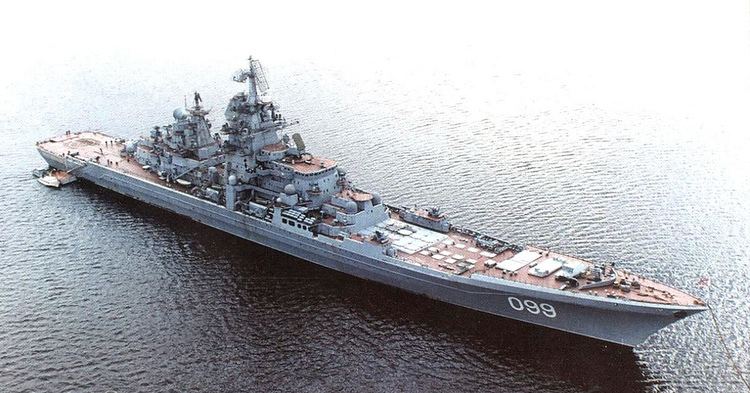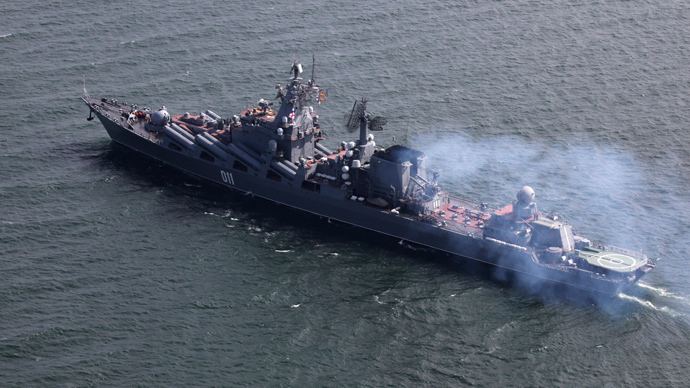Explore the World’s Most Powerful Battlecruiser.
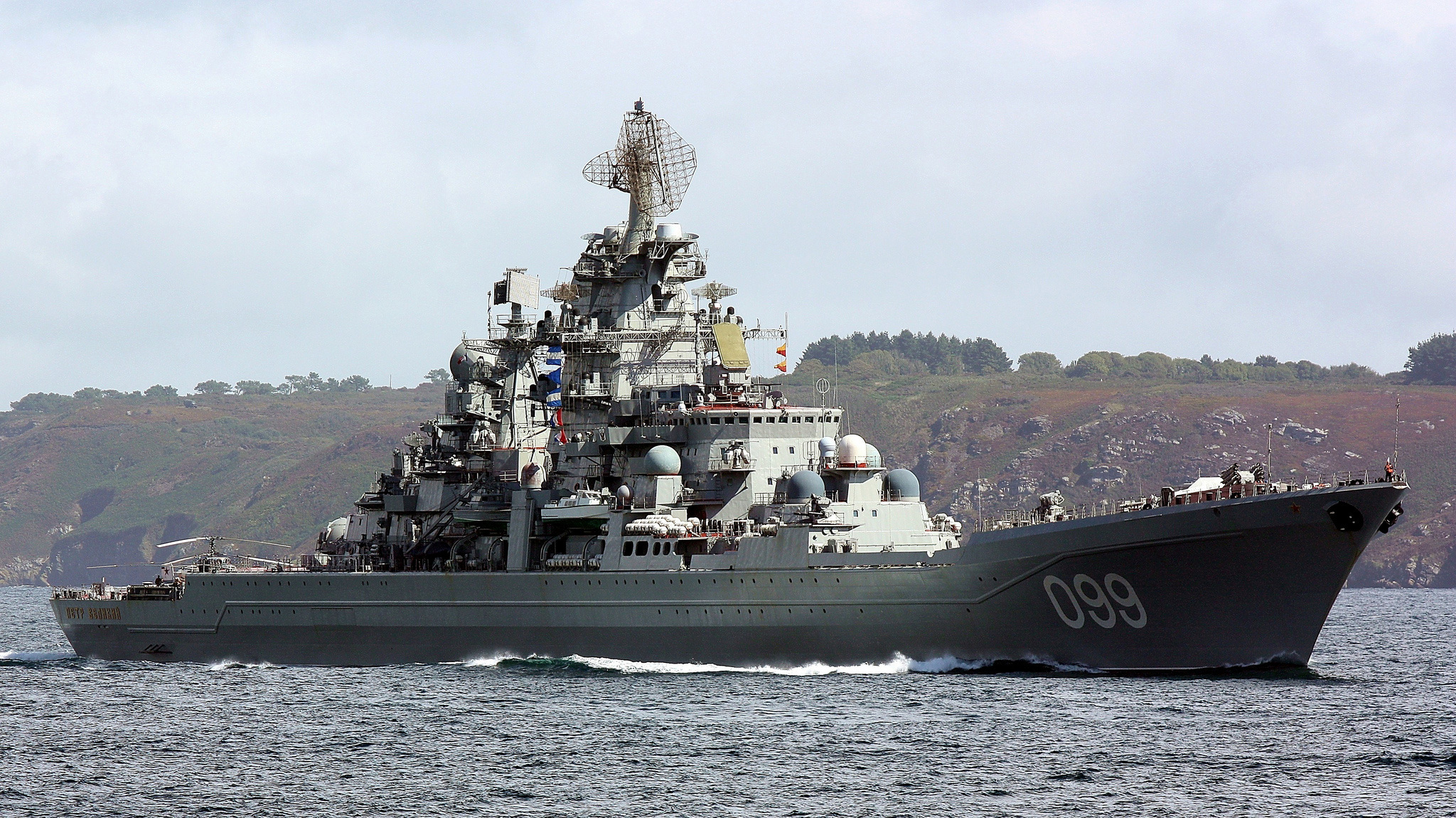
Russian Battlecruiser Pyotr Velikiy: A Symbol of Russian Naval Power
The Russian battlecruiser Pyotr Velikiy, originally named Yuri Andropov, is a remarkable vessel that stands as a testament to Russia’s naval strength. As the fourth Kirov-class battlecruiser in the Russian Navy, it has a storied history that reflects the changing times of the post-Soviet era. This article delves into the ship’s origins, its role in modern Russia’s naval forces, and its notable moments in history.
A Name Change Reflecting Transition
Initially christened Yuri Andropov in honor of the former General Secretary of the Communist Party of the Soviet Union, the ship’s name underwent a significant change following the fall of the Soviet Union. This transition marked a pivotal moment in Russia’s history, leading to a new identity for the ship. It was renamed Pyotr Velikiy, translating to Peter the Great, a figure deeply revered in Russian history and culture.

Construction Challenges
The construction of Pyotr Velikiy faced numerous challenges, primarily due to the economic turmoil that followed the Soviet Union’s collapse. Work on the ship began in earnest, but it wasn’t until 1998, a staggering twelve years later, that Pyotr Velikiy was commissioned into the Russian Navy. This long and arduous journey reflects the perseverance of the Russian naval engineers and the nation’s commitment to maintaining a formidable fleet.
The Heavy Missile Cruiser
In Russian military terminology, Pyotr Velikiy falls under the category of a “heavy missile cruiser.” Western defense analysts, however, have often referred to these ships as “battlecruisers” due to their imposing size and capabilities. Pyotr Velikiy is indeed one of the largest surface combatants globally and serves as the flagship of the Northern Fleet, underlining its strategic importance.
Pyotr Velikiy in Action
Pyotr Velikiy has participated in several significant events during its service. In August 2000, it played a pivotal role in the largest naval training exercise since the collapse of the Soviet Union, showcasing Russia’s commitment to maintaining a strong naval presence. Tragically, during these exercises, the Oscar-II class submarine K-141 Kursk was lost with all hands due to a catastrophic torpedo detonation. Pyotr Velikiy was on the scene, guarding the area during the subsequent salvage operation in 2001.
Challenges and Resilience
Throughout its service, Pyotr Velikiy has faced challenges. In March 2004, Admiral Vladimir Kuroyedov, the Russian Navy chief, declared the battlecruiser unfit for service due to engineering maintenance issues. The ship was subsequently docked for repairs, including painting the underside of the hull and examining the steering system. These repairs were successfully completed, and by August of the same year, Pyotr Velikiy was back in action, ready to carry out its missions.
In conclusion, the Russian battlecruiser Pyotr Velikiy represents not only Russia’s naval prowess but also its ability to adapt and overcome challenges. From its tumultuous construction to its crucial role in significant naval exercises and rescue operations, Pyotr Velikiy is a symbol of resilience and strength in the Russian Navy’s fleet. As it continues to serve as the flagship of the Northern Fleet, its legacy remains intertwined with the nation’s maritime heritage.
Hits: 98

